Need Help? We are right here!
Need Help? We are right here!
Thanks for your Enquiry. Our team will soon reach out to you.
If you don't hear from us within 24 hours, please feel free to send a follow-up email to info@xecurify.com
Search Results:
×You can easily set up Forcepoint VPN multi-factor authentication (MFA) with miniOrange’s seamless integration process, which takes only a few minutes to configure. By enabling MFA as an additional layer of security, the miniOrange system ensures that only authorized users can access the Forcepoint VPN, providing a stronger defense against potential cyber threats. This integration enhances remote access security, safeguarding your organization’s data and resources against unauthorized access.
In today's hybrid working culture, having a secure remote access environment has become increasingly important. The multifactor authentication feature provided by miniOrange ensures that even if a user's login credentials are compromised, their access to the Forcepoint VPN will still be protected by the additional authentication factor. This provides a strong defence against potential cyber threats and ensures that your organization's data and resources remain secure
miniOrange provides 15+ MFA methods to ensure strong security for Forcepoint VPN. These diverse methods offer a range of options, ensuring robust authentication that meets various security needs and preferences.
miniOrange accomplishes this by acting as a RADIUS server that accepts the username/password of the user entered as a RADIUS request and validates the user against the user store as Active Directory (AD). After the first level of authentication, miniOrange prompts the user with 2-factor authentication and either grants/revokes access based on the input by the user.

miniOrange provides user authentication from various external directories such as miniOrange Directory, Microsoft AD, Microsoft Entra ID/LDAP, AWS Cognito and many more.
Can't find your Directory? Contact us on idpsupport@xecurify.com
miniOrange offers free POC and help through a consultation call with our System Engineers to Setup Multi-Factor Authentication for Forcepoint VPN VPN in your environment with 30-day trial.
For this, you need to just send us an email at idpsupport@xecurify.com to get free POC and we'll help you setting up our solution in no time.
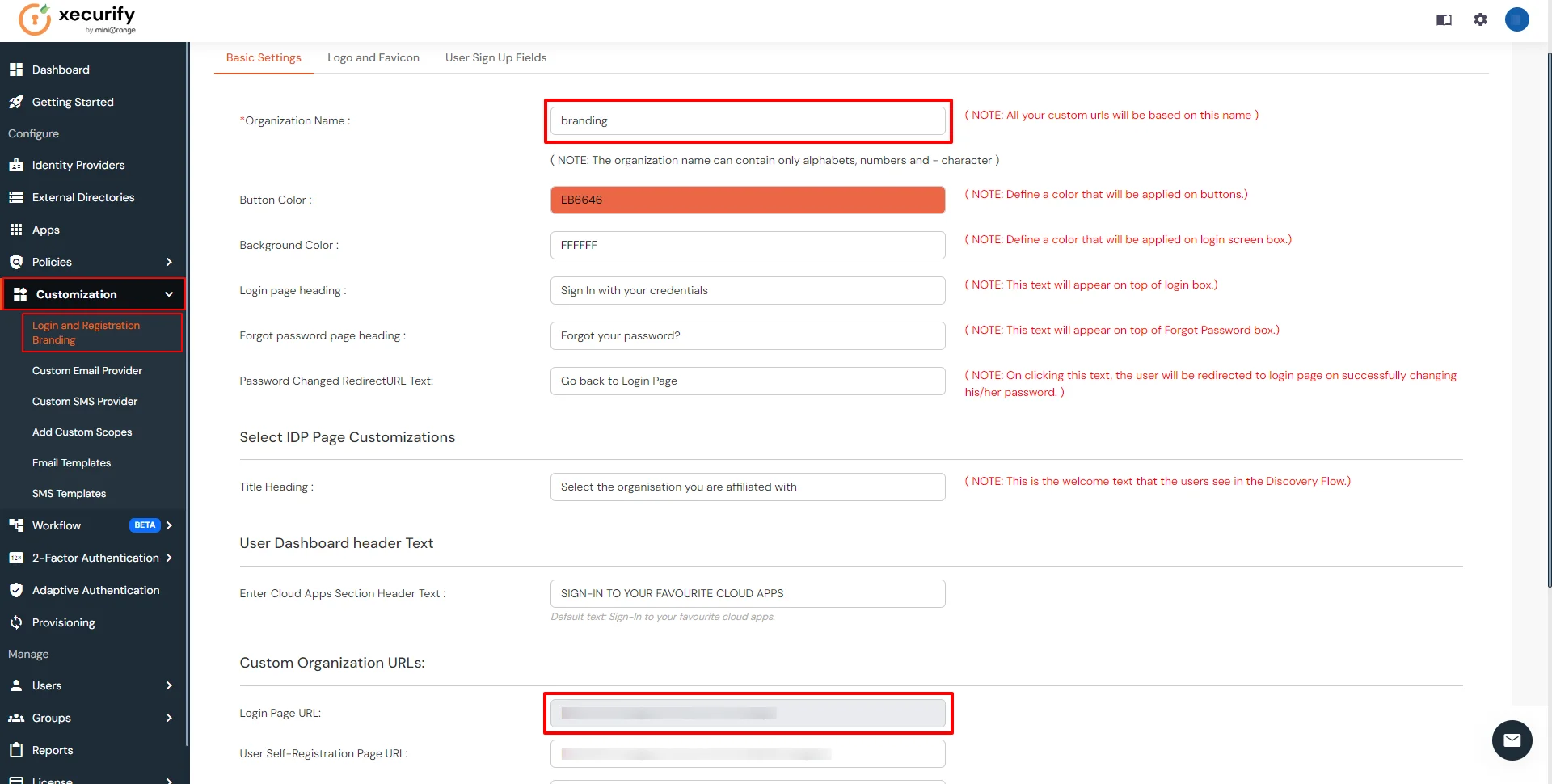

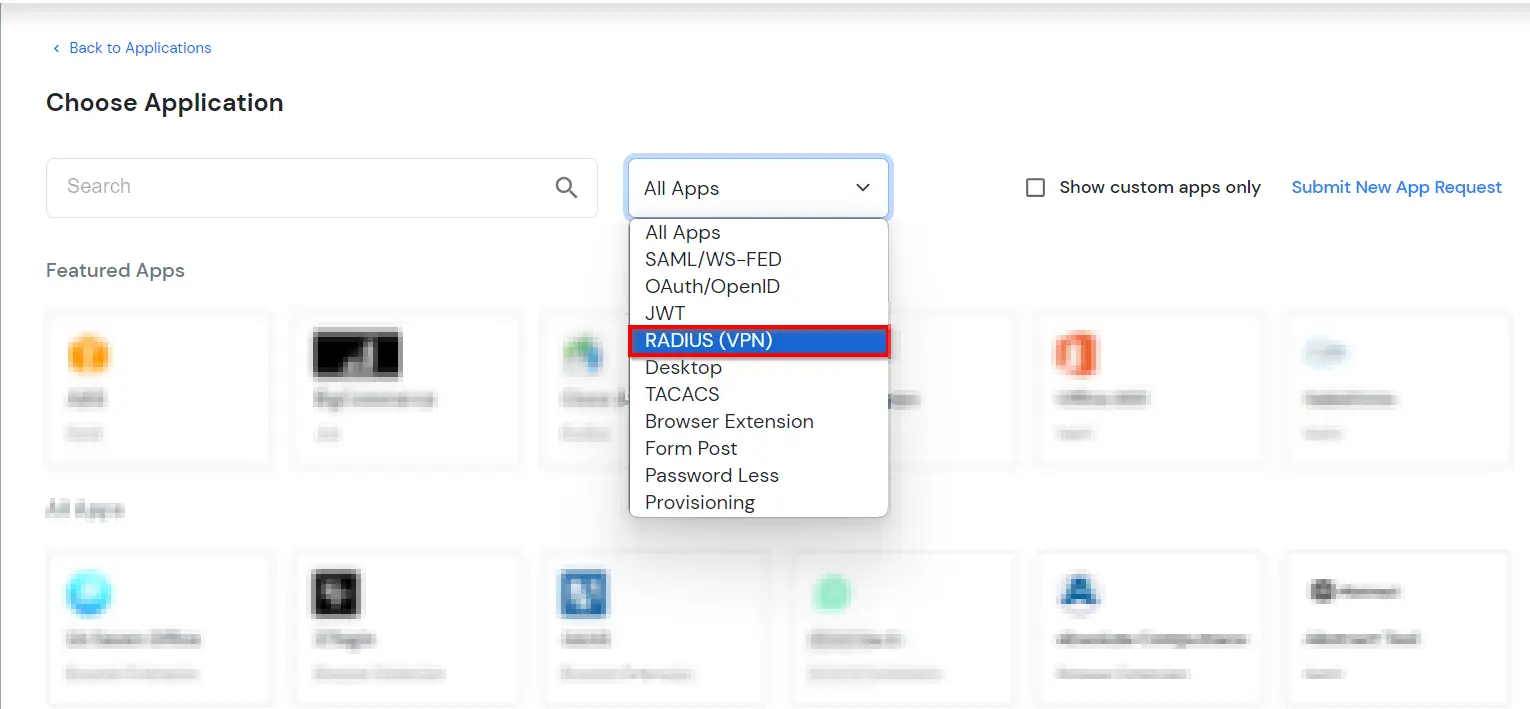

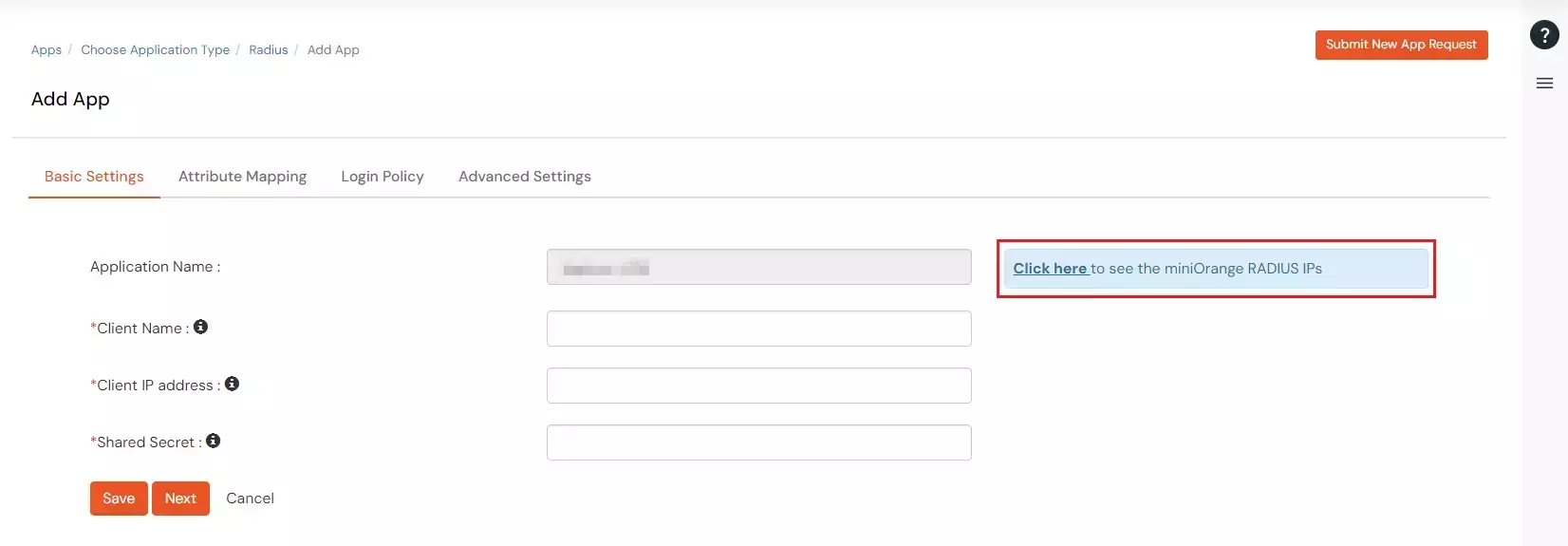
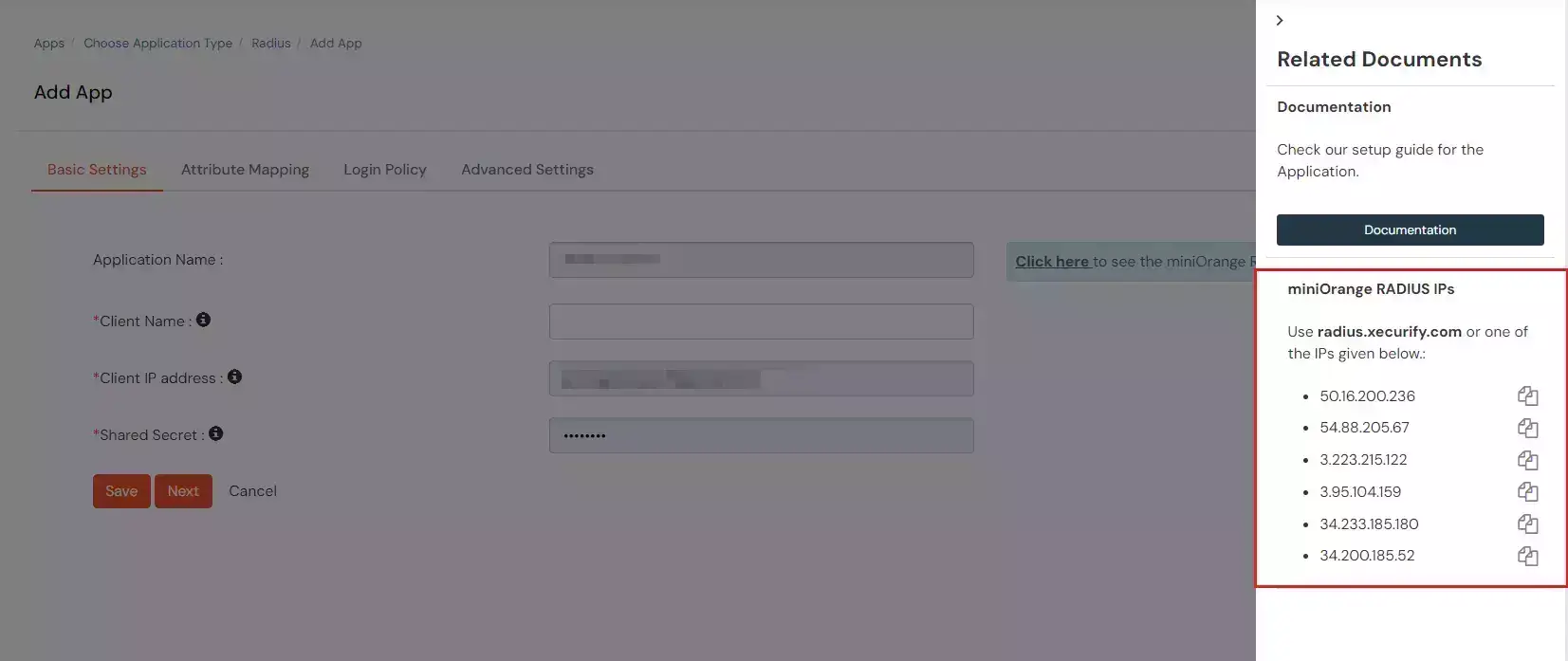

| Client Name: | Any name for your reference. |
| Client IP: | IP address of VPN server which will send Radius authentication request. |
| Shared Secret: | Security key. For Eg. "sharedsecret" (Keep this with you, you will need to configure same on VPN Server). |
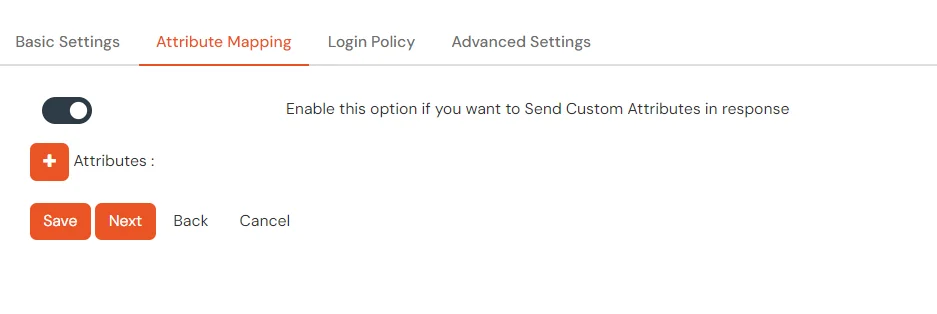
| Vendor Name | Vendor Attribute | Value Type | Attribute |
|---|---|---|---|
| Cisco ASA | ASA-Group_policy | User | Groups |
| Fortinet | Fortinet-Group-Name | User | Groups |
| Palo Alto | PaloAlto-user-Group | User | Groups |
| SonicWall | Sonicwall-user-group | User | Groups |
| Citrix | Citrix-user-groups | User | Groups |
| Default(Can be used if your vendor is not in the list) | Filter-Id | User | Groups |

| Group Name: | Group for which the policy will apply. |
| Policy Name: | Any Identifier that specifies policy name. |
| Login Method | Login Method for the users associated with this policy. |
| Enable 2-Factor Authentication | Enables Second Factor during Login for users associated with this policy. |
| Enable Adaptive Authentication | Enables Adaptive Authentication for Login of users associated with this policy. |
Only For On-Premise Version
Open Firewall Ports.
| Name | Give name for your radius server. |
| IP Address | Add the Radius Server IP obtained from Step 1. |
| Resolve | Automatically resolves the IP address of the server from a domain name in the Name field. |
| Location | Specifies the location for the server if there is a NAT device between the server and other SMC components. |
| Contact Addresses | 1. Default — Used by default whenever a component that belongs to another Location connects to this server. 2. Exceptions — Opens the Exceptions dialog box. |
| Port | UDP 1812 |
| Shared Secret | Enter the Shared secret that we used to configure RADIUS app in miniOrange IDP. In step 1 we configured the shared secret as "sharedsecret". |
| Number of Retries | Specifies the number of times Firewalls try to connect to the RADIUS authentication server if the connection fails. |
| Timeout | Specifies the time (in seconds) that Firewalls wait for the RADIUS authentication server to reply (Recommended time 60 seconds). |
| Tools Profile | Adds custom commands to the server right-click menu. Click Select to select a Tools Profile element. |
| Name | Shows the name of the Authentication Method. |
| Type | Shows the authentication type.
|
| Comment | Double-click the cell to enter a comment. |
| Add | Opens the Select Element dialog box and adds the selected authentication method to the Authentication Methods list. |
| Edit | Opens the Properties dialog box for the selected authentication method. |
| Remove | Removes the selected authentication method. |
1. Make sure that the shared secret is entered identically in the Management Client and on the RADIUS authentication server.
2. The identity that the Firewall provides to the server is the IP address of the interface that has been selected as the value for the IPv4 Identity for Authentication Requests or IPv6 Identity for Authentication Requests or the IPv6 Identity for Authentication Requests or IPv6 Identity for Authentication Requests in the Firewall’s Interface Options.
Note: The IP address used as the identity is a name only. The interface and IP address used for the authentication-related connections is selected based on the Firewall’s routing information just like for any other connection.
miniOrange provides user authentication from various external sources, which can be Directories (like ADFS, Microsoft Active Directory, Microsoft Entra ID, OpenLDAP, Google, AWS Cognito etc), Identity Providers (like Okta, Shibboleth, Ping, OneLogin, KeyCloak), Databases (like MySQL, Maria DB, PostgreSQL) and many more. You can configure your existing directory/user store or add users in miniOrange.
Note: You can follow this guide, if you want to configure Radius MFA with your users stored in Microsoft Entra ID using OAuth Password Grant.
Configure your existing directories such as Microsoft Active Directory, Microsoft Entra ID, OpenLDAP, etc.




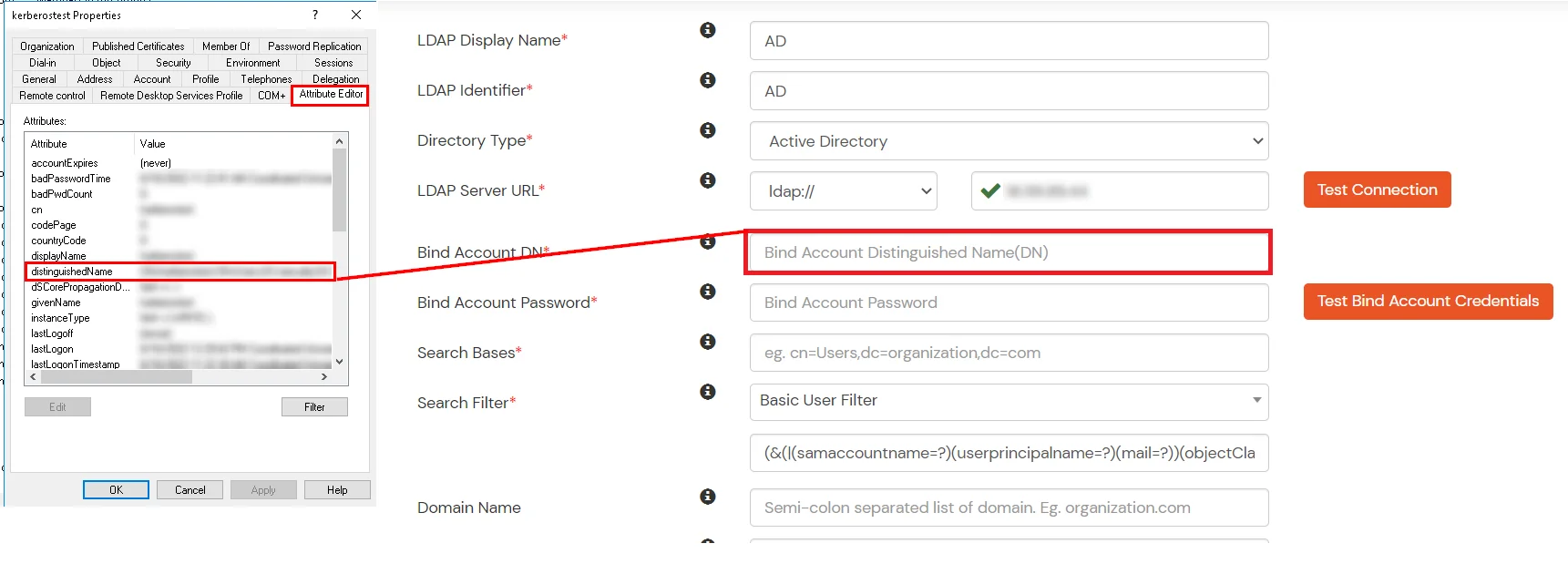




Here's the list of the attributes and what it does when we enable it. You can enable/disable accordingly.
| Attribute | Description |
|---|---|
| Activate LDAP | All user authentications will be done with LDAP credentials if you Activate it |
| Sync users in miniOrange | Users will be created in miniOrange after authentication with LDAP |
| Fallback Authentication | If LDAP credentials fail then user will be authenticated through miniOrange |
| Allow users to change password | This allows your users to change their password. It updates the new credentials in your LDAP server |
| Enable administrator login | On enabling this, your miniOrange Administrator login authenticates using your LDAP server |
| Show IdP to users | If you enable this option, this IdP will be visible to users |
| Send Configured Attributes | If you enable this option, then only the attributes configured below will be sent in attributes at the time of login |



Refer our guide to setup LDAPS on windows server.
Note: Below steps are used to enable one time or manual sync. To enable sync on scheduled basis, you should use LDAP gateway module. Read more and download the LDAP gateway module.
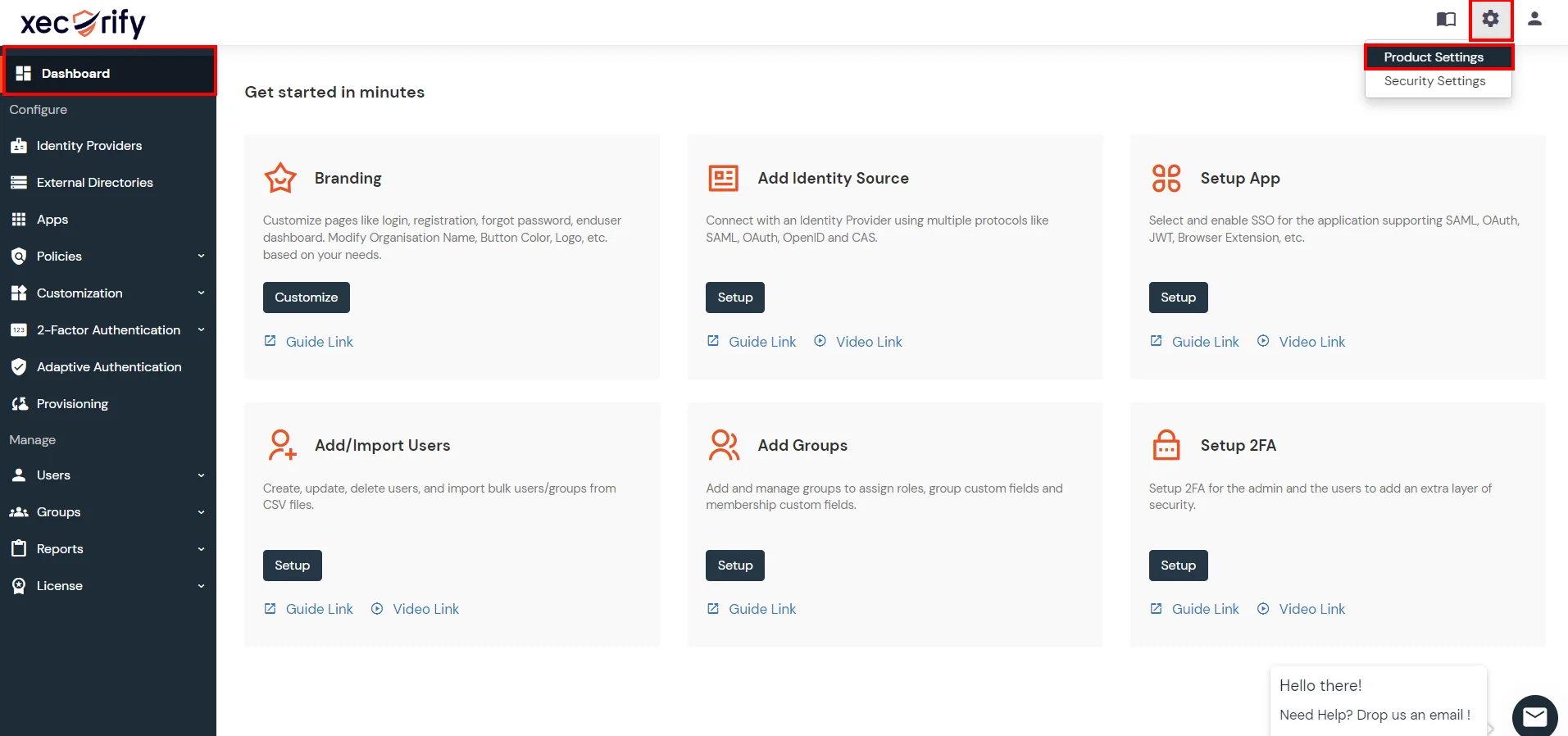


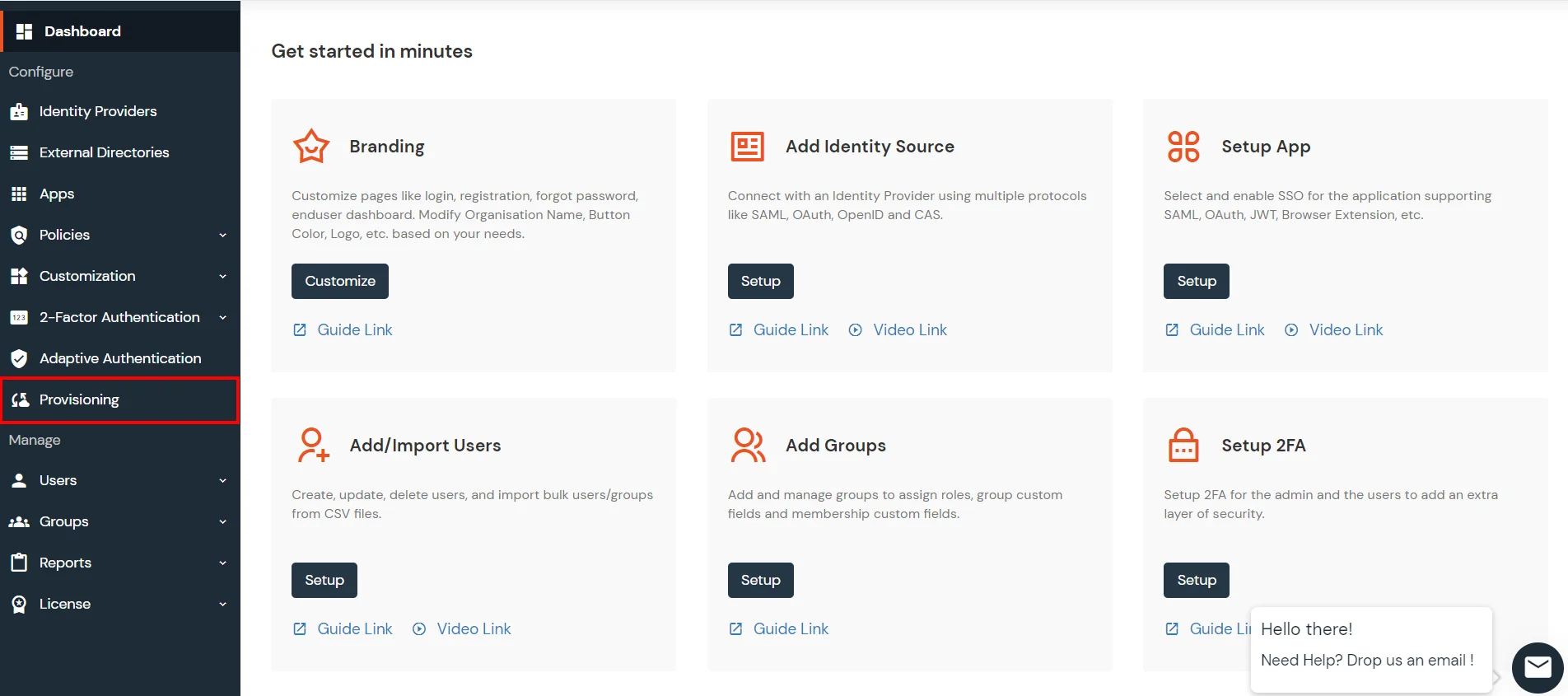
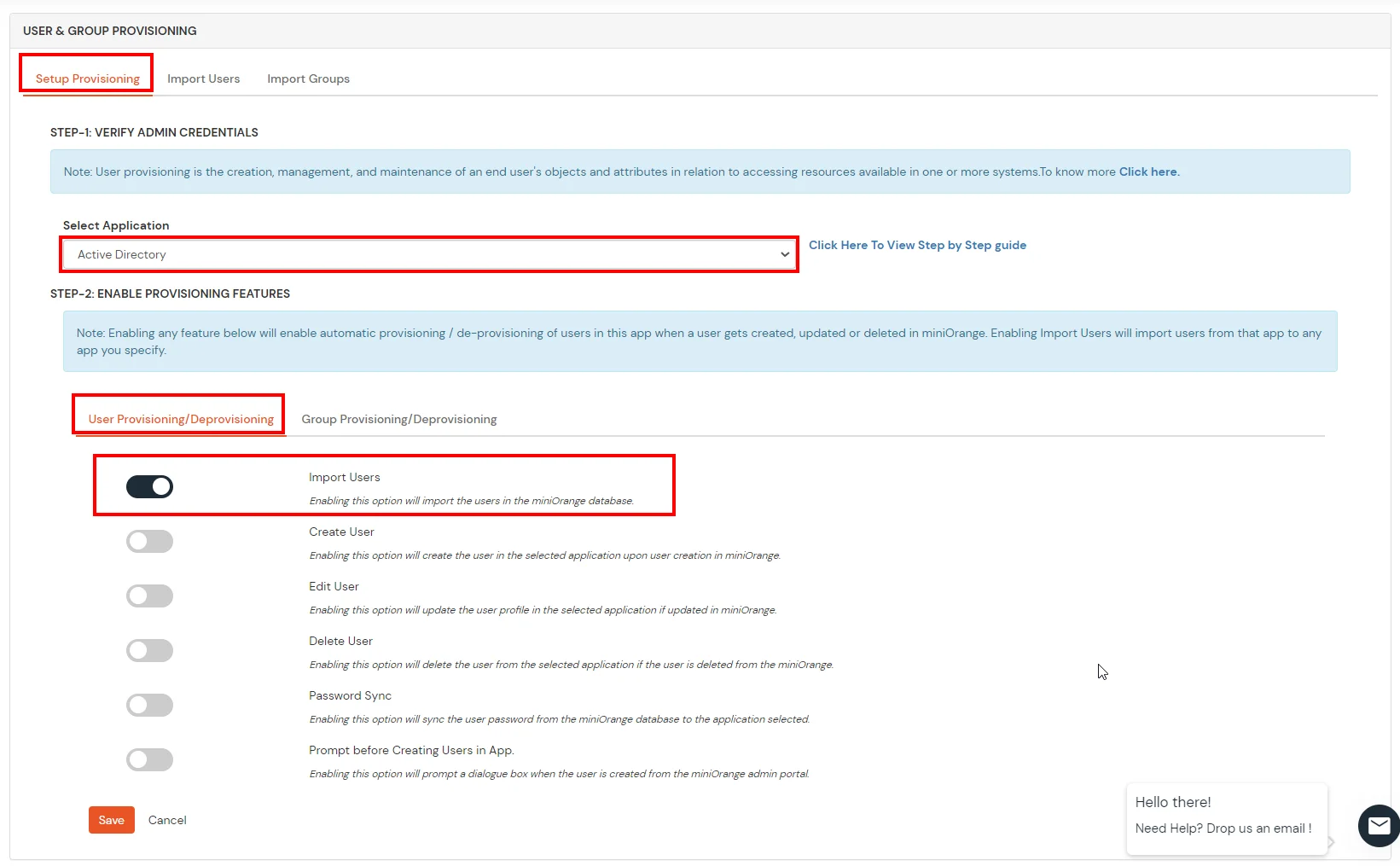

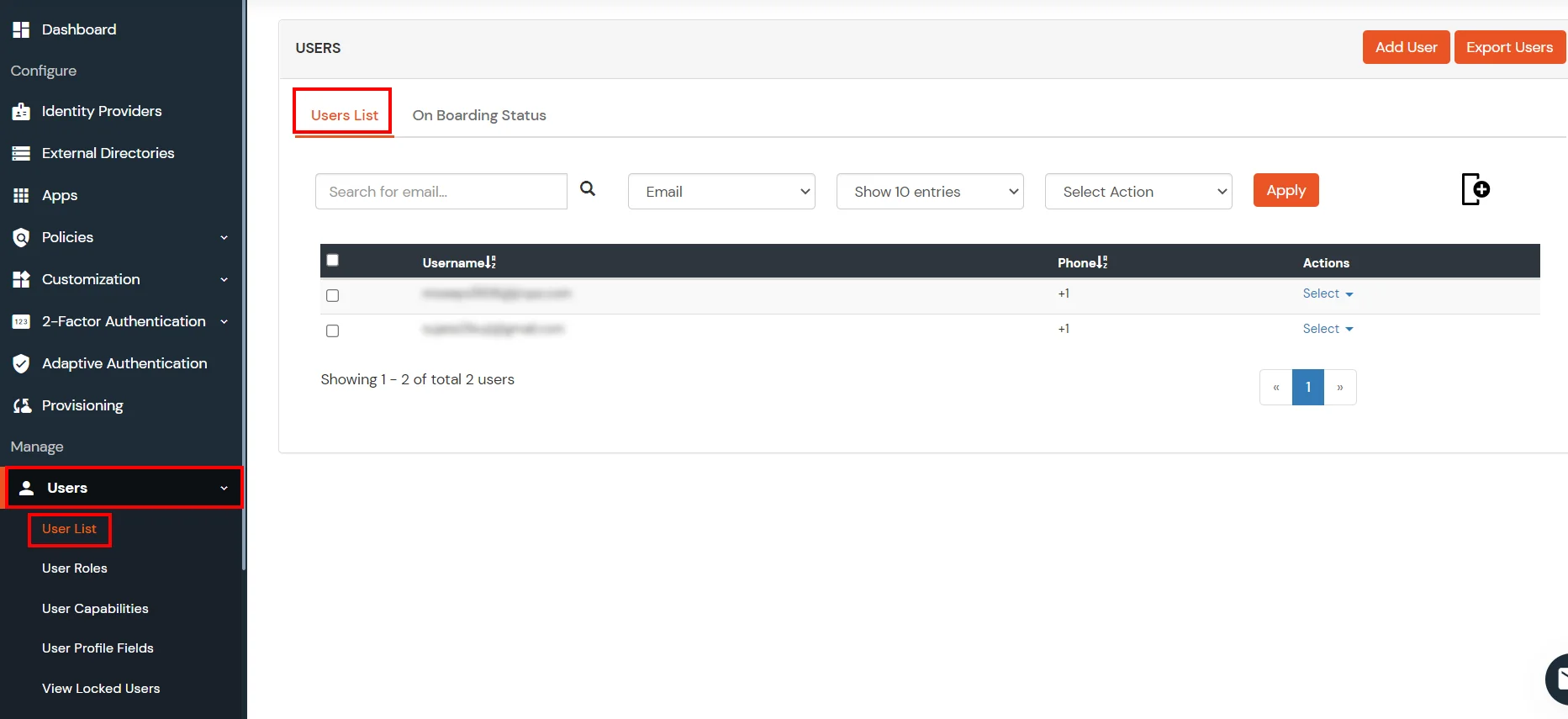
1. Create User in miniOrange





2. Bulk Upload Users in miniOrange via Uploading CSV File.

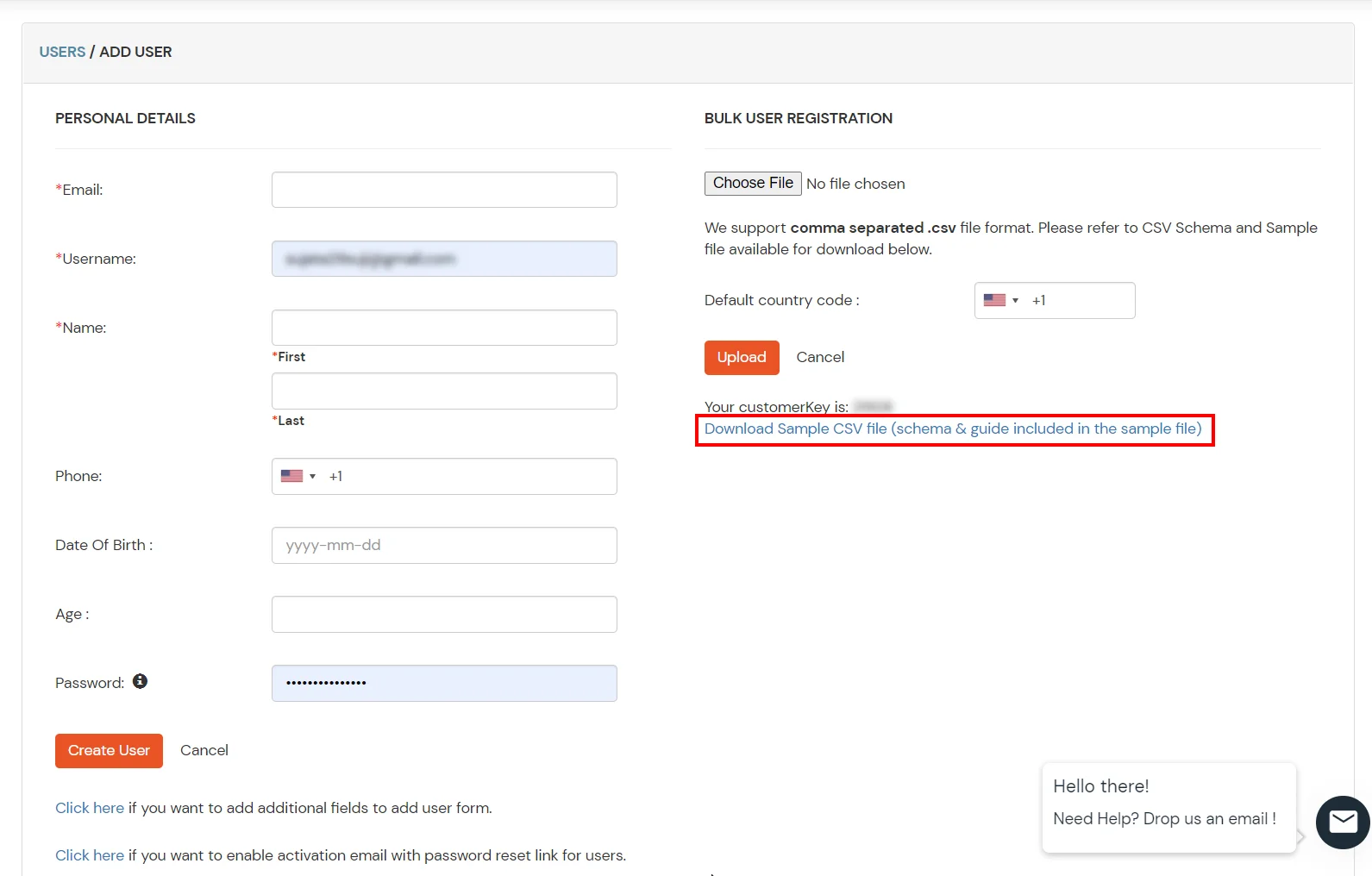
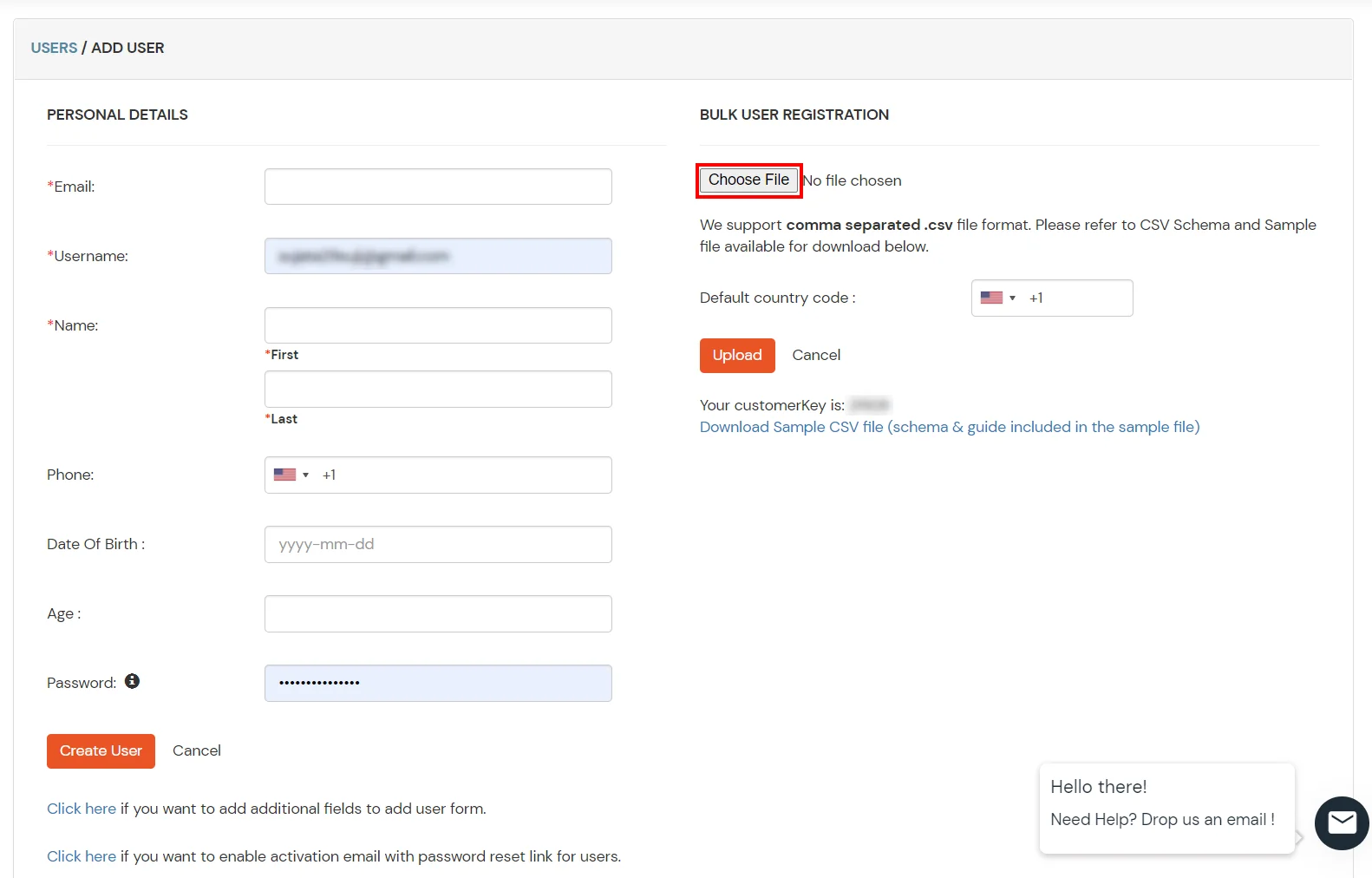
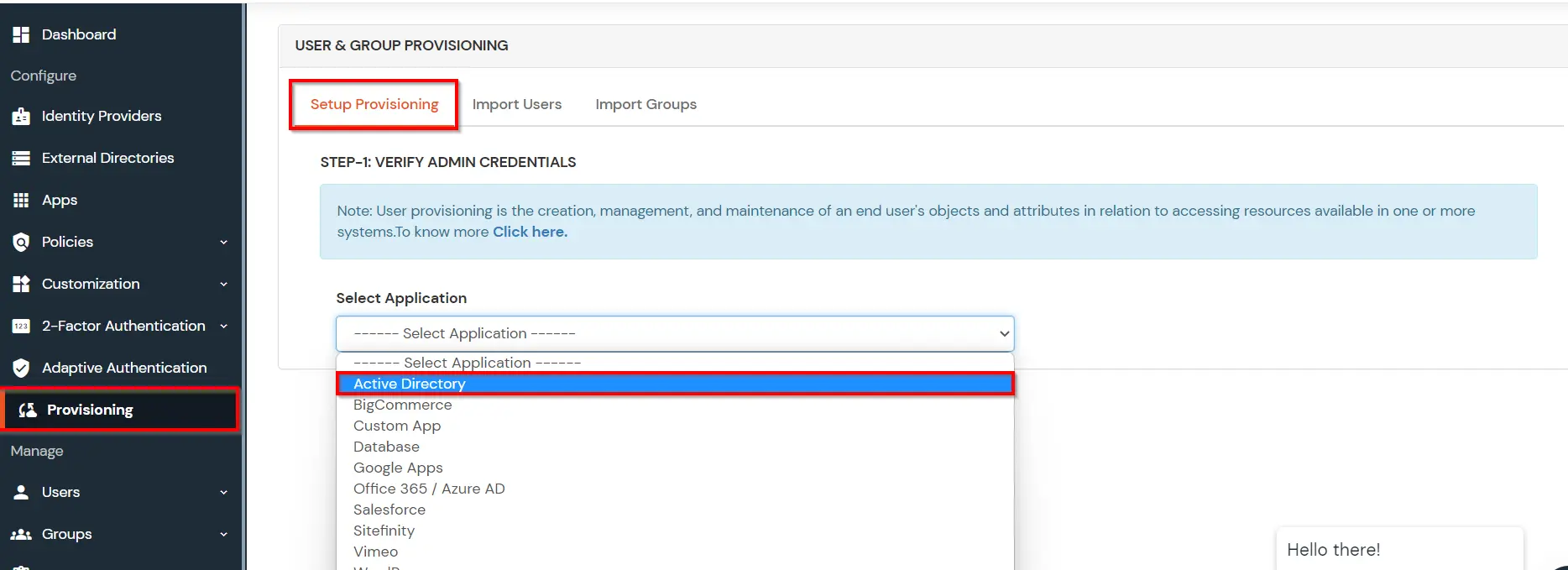
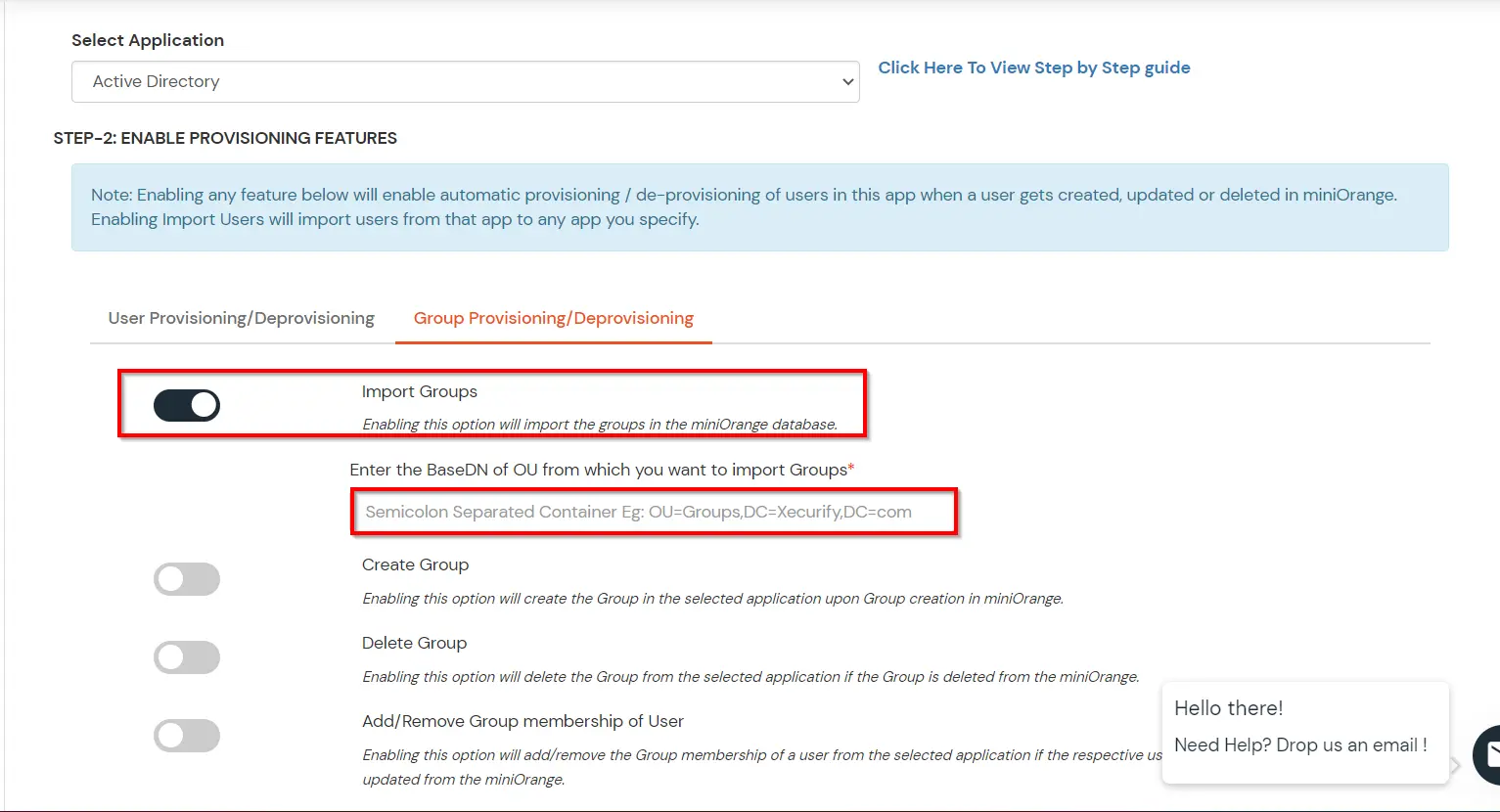


(The Active Directory Group Provisioning (Sync) setup is done. Now, whenever a user is created or modified in LDAP server and if the Assign Users to groups is enabled, then user group attribute from the LDAP server will be automatically synced and the user group will be assigned or changed accordingly in miniOrange.)
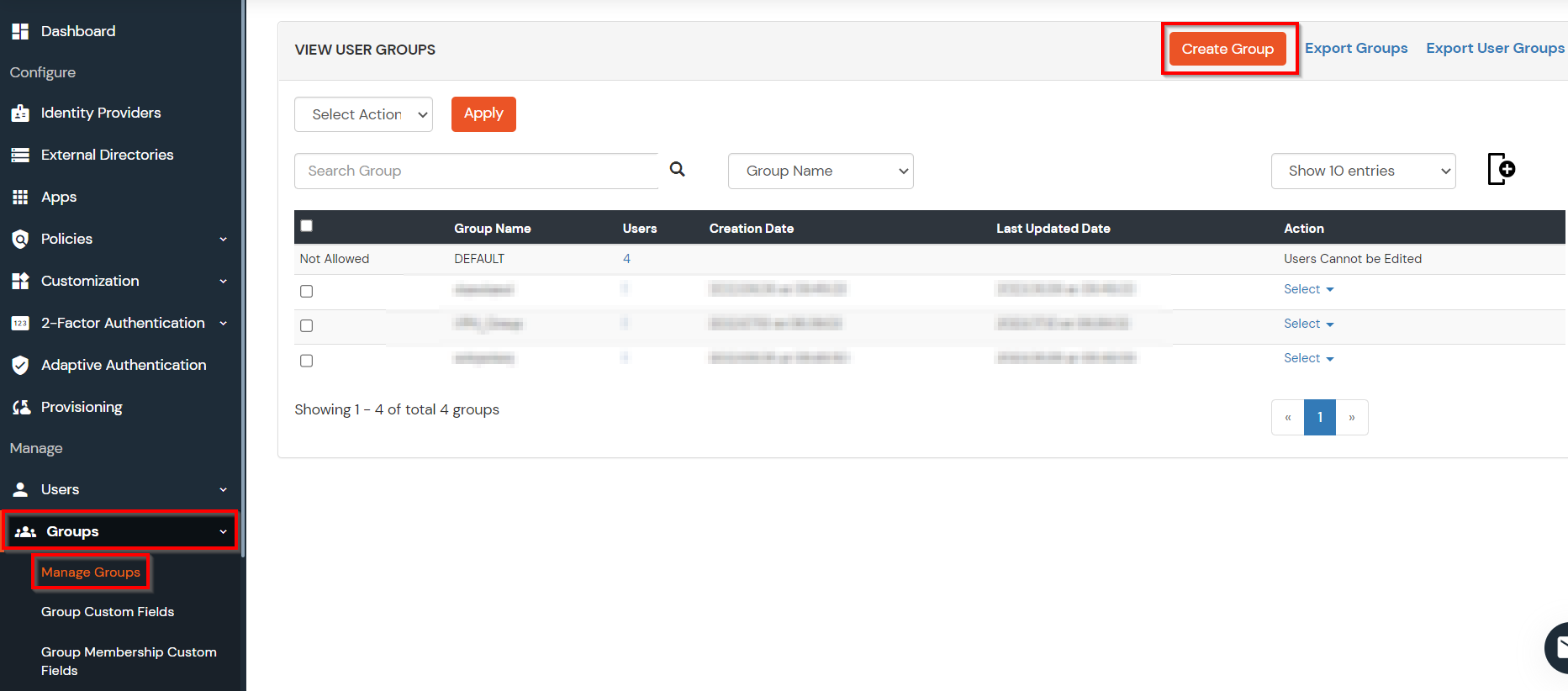

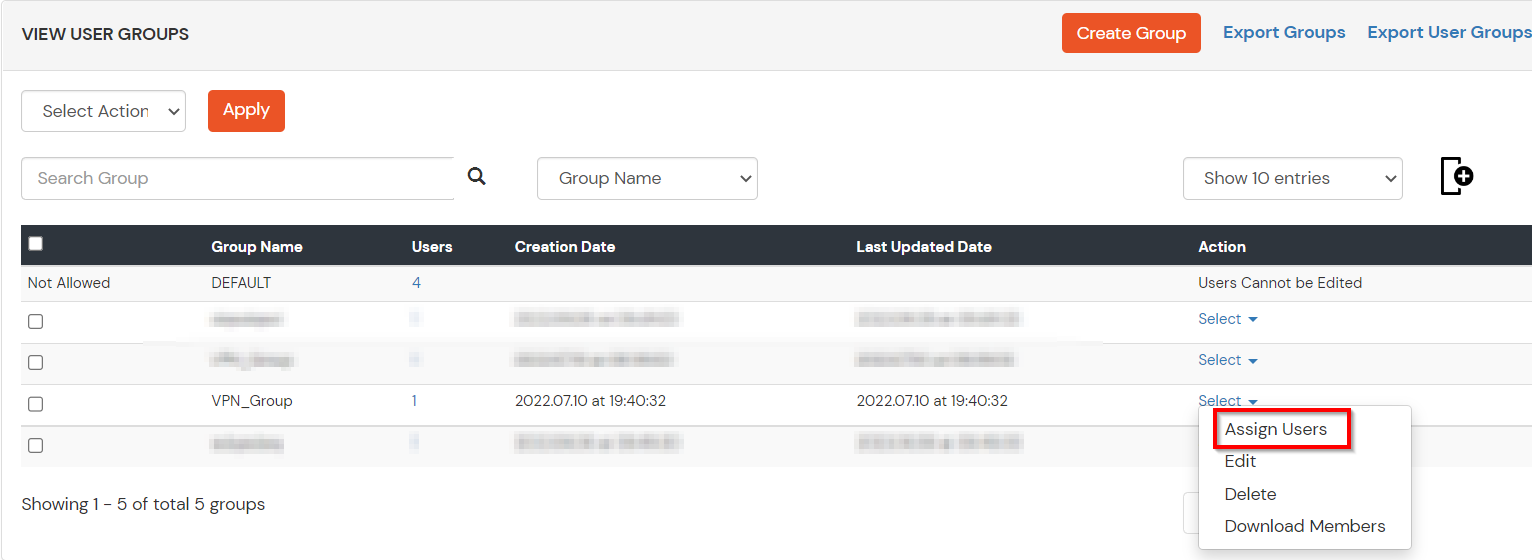
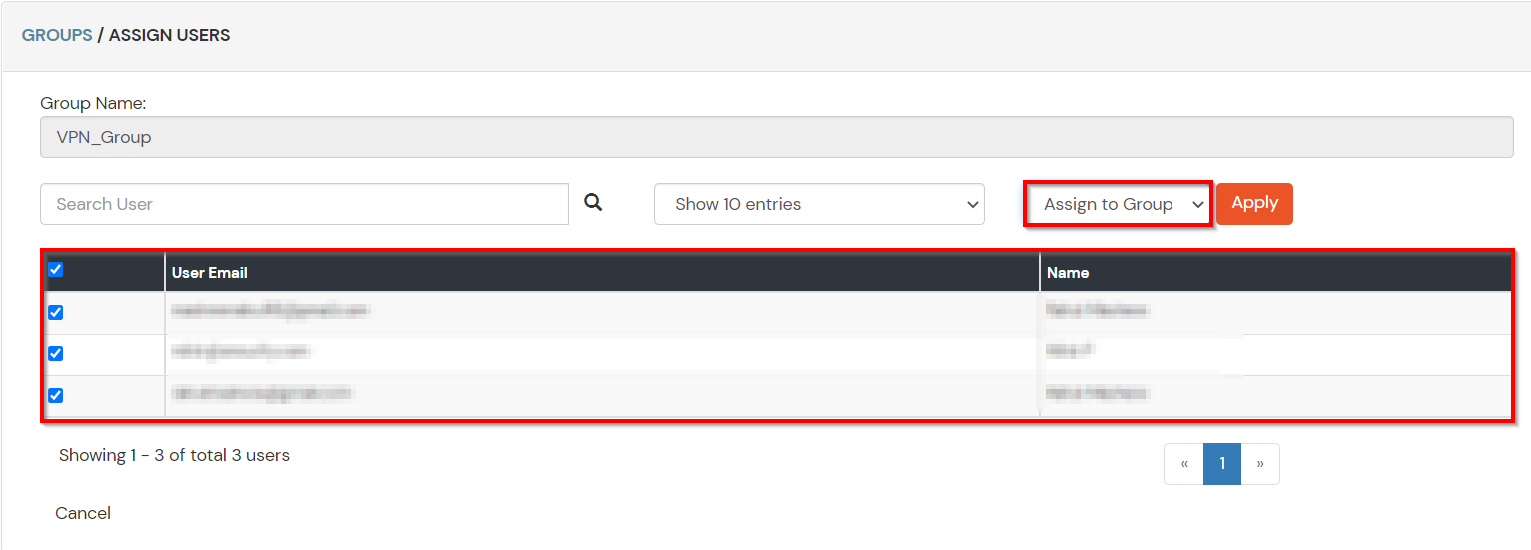
Note: You can follow this guide, if you want to customize and enroll MFA for end users.
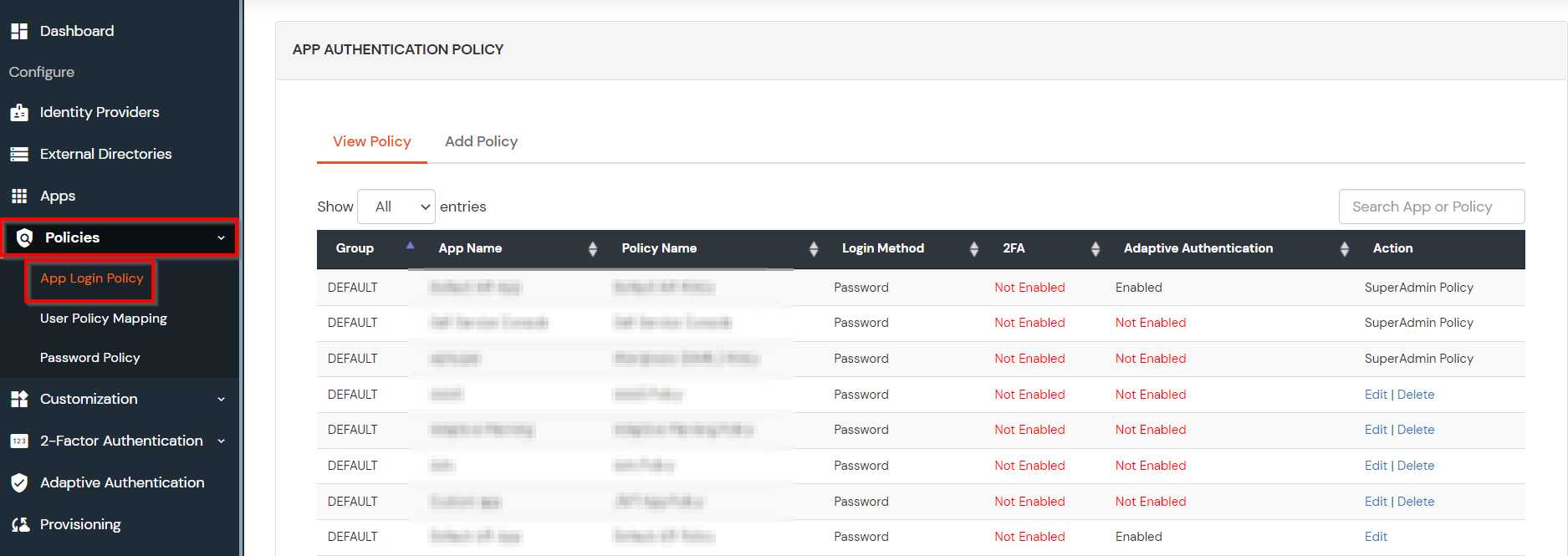
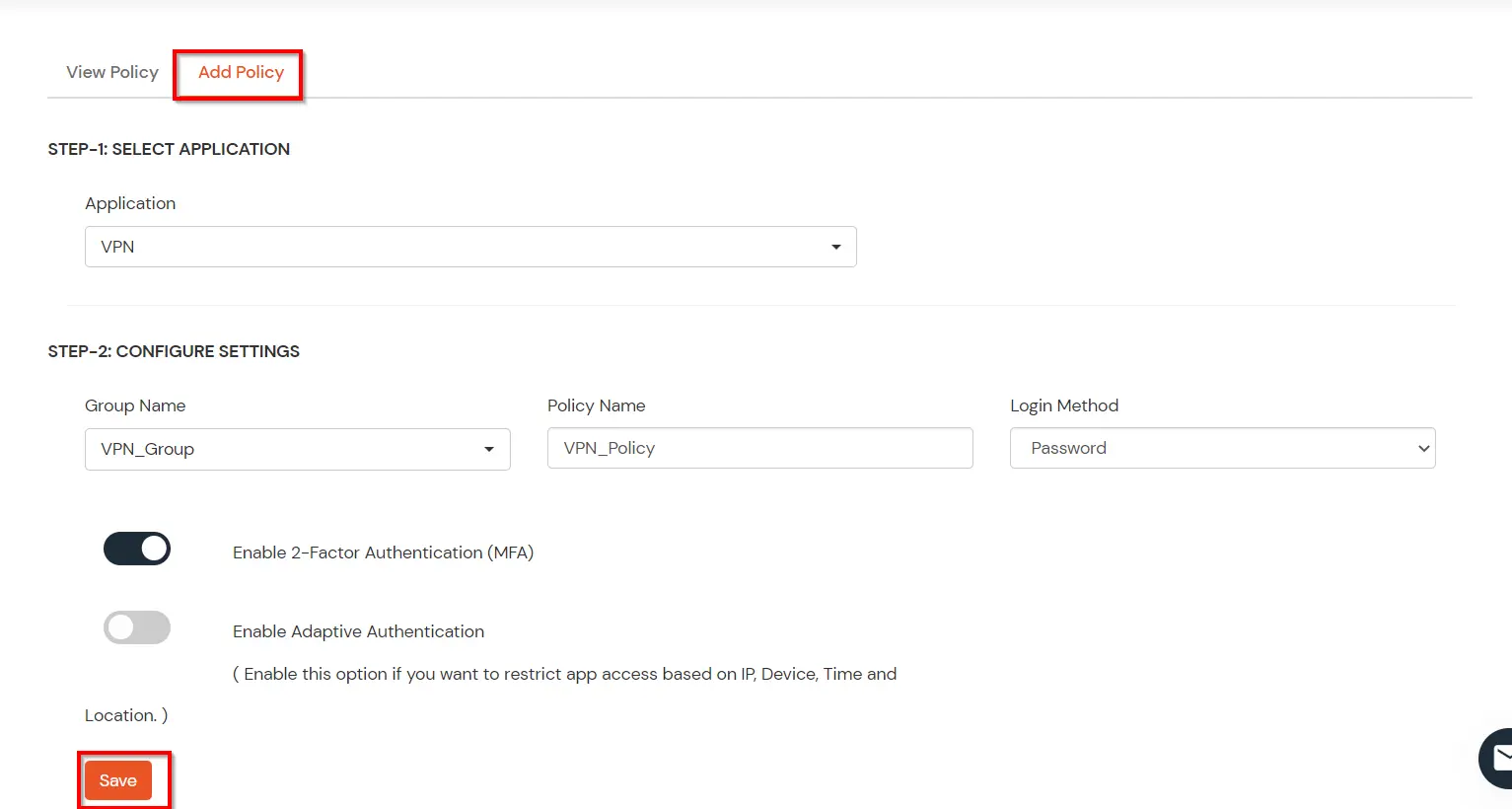
With the help of this guide you will be able to configure Two-Factor Authentication (2FA/MFA) for Forcepoint Login.


Multi-Factor Authentication (MFA) is an authentication method that requires the user to authenticate themselves for two or more factors, in order to gain access to company resources, applications, or a VPN (Forcepoint VPN in this case). Enabling Multi-Factor Authentication (MFA) means that users need to provide additional verification factors apart from their username and passwords thus increasing the security of the organization's resources. Checkout more about Multi-Factor Authentication (MFA) here.
Depending on the VPN client, 2-factor authentication can take two forms..
miniOrange supports multiple 2FA/MFA authentication methods for Forcepoint VPN secure access such as, Push Notification, Soft Token, Microsoft / Google Authenticator etc.
| Authentication Type | Method | Supported |
|---|---|---|
| miniOrange Authenticator | Soft Token | |
| miniOrange Push Notification | ||
| Mobile Token | Google Authenticator | |
| Microsoft Authenticator | ||
| Authy Authenticator | ||
| SMS | OTP Over SMS | |
| SMS with Link | ||
| OTP Over Email | ||
| Email with Link | ||
| Call Verification | OTP Over Call | |
| Hardware Token | YubiKey Hardware Token | |
| Display Hardware Token |

Our Other Identity & Access Management Products